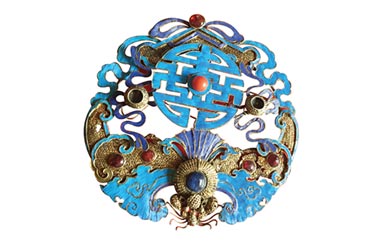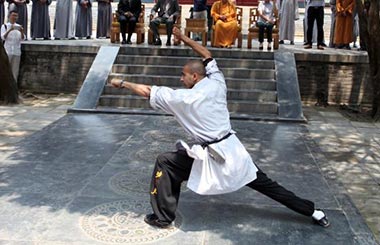Creativity at the heart of Wuzhen's promotional strategy
By Deng Zhangyu ( China Daily ) Updated: 2016-07-12 07:26:20
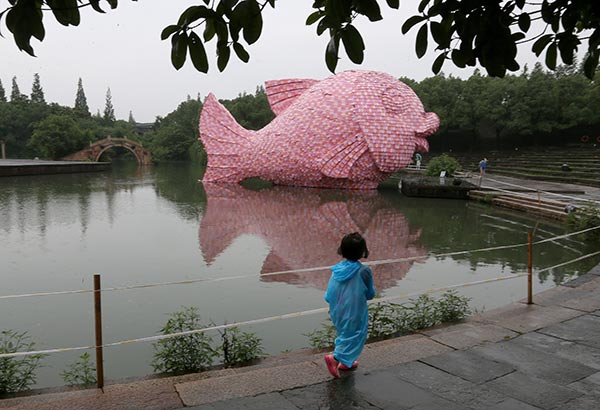 |
|
Florentijn Hofman's The Floating Fish at the first Wuzhen International Contemporary Art Exhibition. [Photo by Jiang Dong/China Daily] |
The exhibition, which started in March, displayed about 130 works by 40 influential artists from across the world, including stars like Damien Hirst, Ann Hamilton and Marina Abramovic.
Four artworks have been donated to the Culture Wuzhen Company, while the company has bought five based on their popularity during the earlier show, including Florentijn Hofman's The Floating Fish.
The giant pink fish made by Dutch artist Florentijn Hofman for the water town, a popular tourist destination in China, is being moved from a pond in a theater to a hotel area.
Other pieces of art, which have been acquired, will also be displayed at other locations until the next art exhibition in 2018.
According to the organizer, efforts will be made to collect artworks displayed at the Wuzhen International Contemporary Art Exhibition, an art feast which is held biennially.
Chen Xianghong, the president of Culture Wuzhen Company, had said in March that it would start collecting art after the show, to give local people a chance to appreciate art and also to cultivate local artists.
Meanwhile, the water town has invited 27 artists to deliver lectures on art, history, film and architecture.
As for the response for the art exhibition this year, more than one million visitors viewed artworks placed in the tourist part of the water town in the past three months, while more than 100,000 bought tickets to visit an art zone transformed from a silk factory.
Commenting on the response, Feng Boyi, the curator of the show, says: "It was beyond our expectation that art can be such a big draw. To some extent, we used star artists to build up interest in the art exhibition in the small water town."
Many who bought tickets to visit the art zone were art lovers who came specially to Wuzhen from cities like Beijing, Shanghai and Guangzhou where people are regularly bombarded with art shows, both from home and abroad, says Feng.
Explaining how the decision was made to convert the Wuizhen exhibition into a biennial event, the curator says the success of the show gave the organizers the confidence.
He says that last year when preparations were being made for the show, the company was not sure about what to expect and was worried as it was the first time that a small town, which lives on tourism, was presenting an international art show.
Separately, Liu Gang, a member of the curator's team, says that while many foreign museums were ready to loan works and even recommended artists for Wuzhen's art shows in the future, last year they found it very difficult to persuade artists to take part in their show.
As for the next edition of the event-the Second Wuzhen International Contemporary Art Exhibition-it will be held in March or April in 2018.
An old rice factory, bigger than a football field, will be transformed into the show space to expand the display area.
According to Feng, the exhibition in 2018 will focus on a global subject, unlike the first one which was more local.
He also hopes that rather than featuring only star artists, the next show will be more experimental and academic in nature.
Speaking of the role of the art show in the water town's development, Chen says the show is part of the activities in Wuzhen to boost its culture, or in other words, an activity to realize the water town's "renaissance".
In 2013, Wuzhen held an international theater festival, an annual drama feast that quickly gained fame across the globe.
In 2014, a World Internet Conference was held in the water town and this year the town will host the third edition of the event.
"Wuzhen is like a river. Contemporary art and theater are fish in the river. It's possible for us to bring more fish into this river," he says.
Related:
|
|
|
|
|
|
|
|




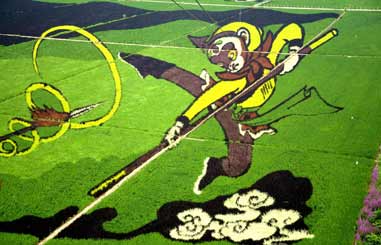
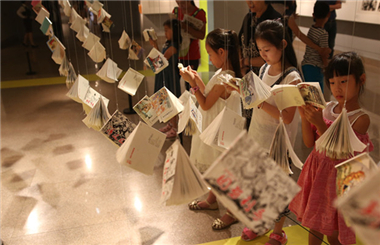
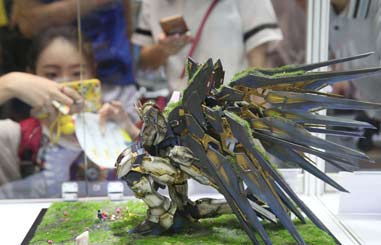
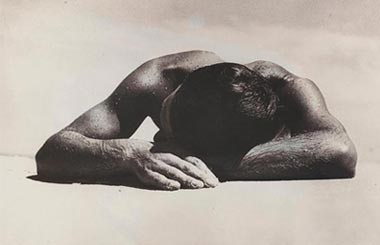
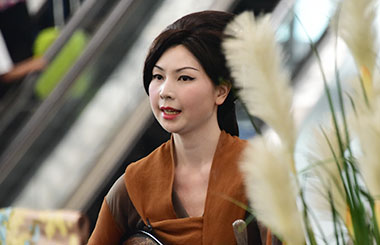
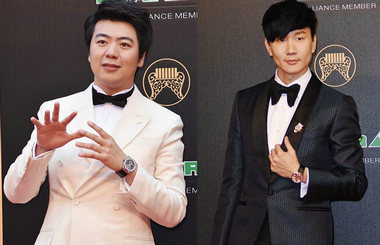
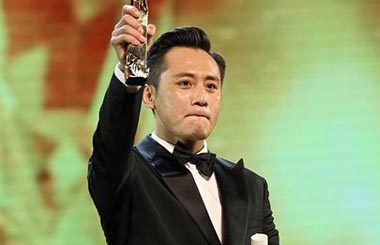


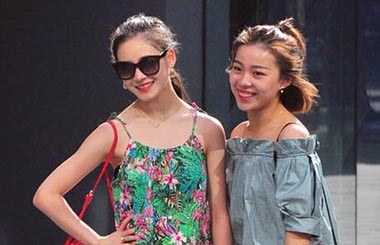


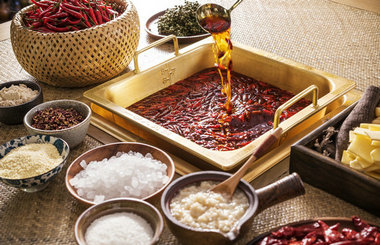
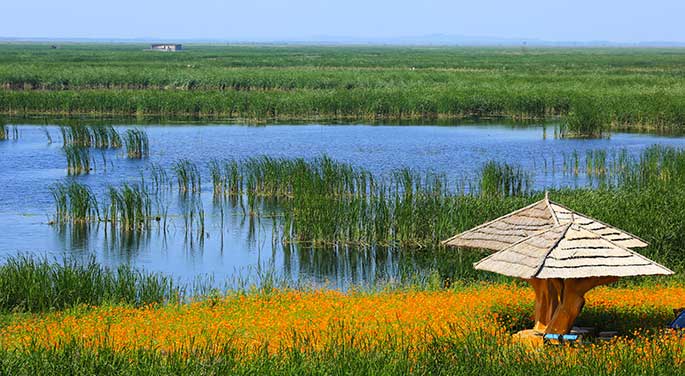

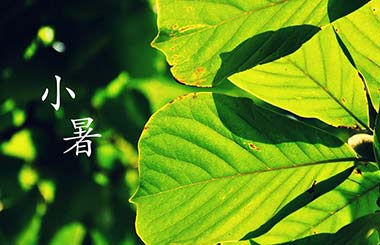
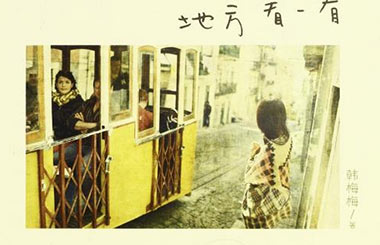
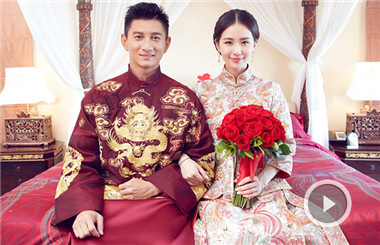
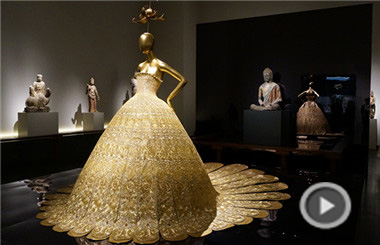

 Raymond Zhou:
Raymond Zhou: Pauline D Loh:
Pauline D Loh: Hot Pot
Hot Pot Eco China
Eco China China Dream
China Dream China Face
China Face
